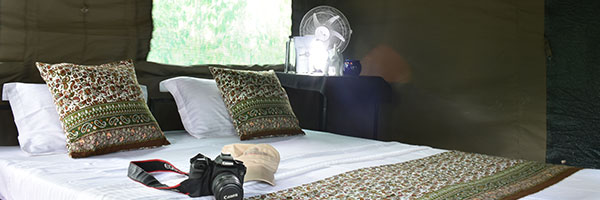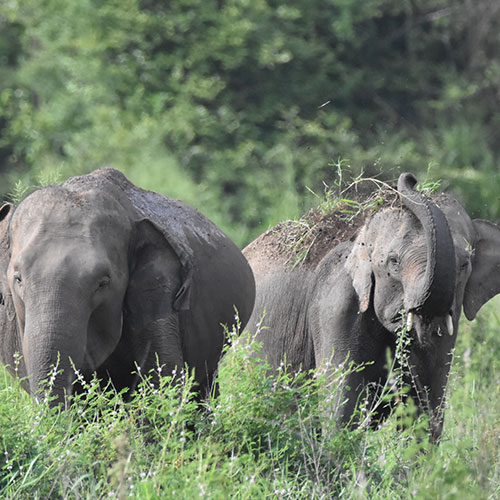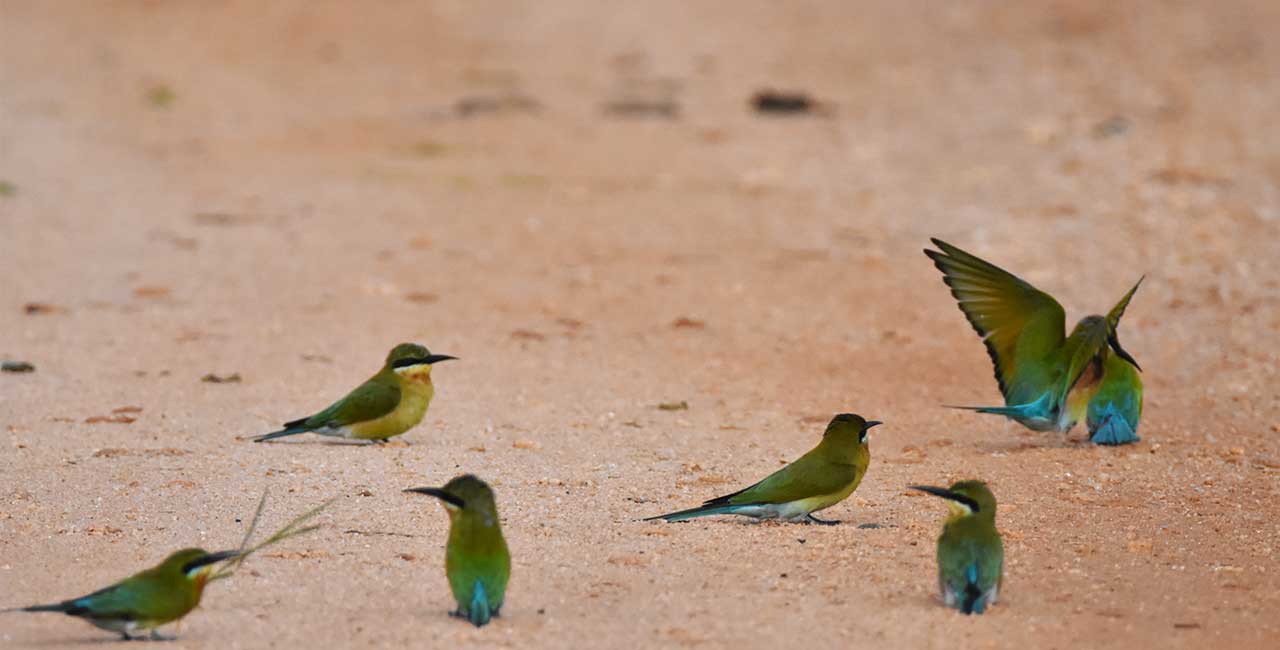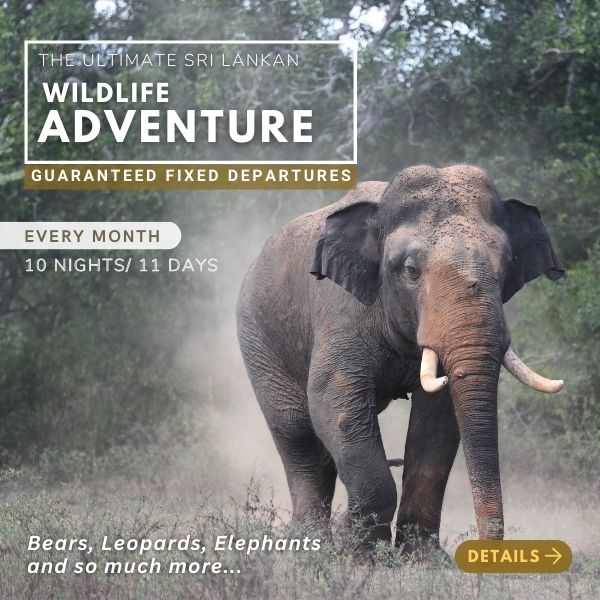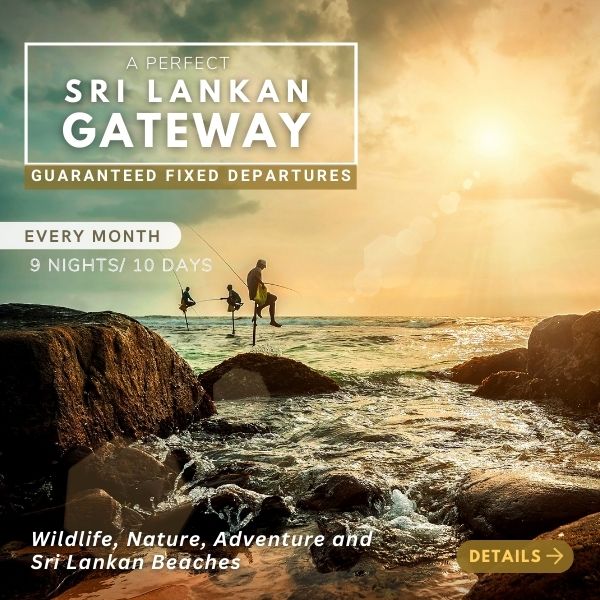Sri Lankan Sloth Bears and Elephants at Wasgamuwa National Park
However, possibly due to the decline in numbers of the sloth bear, the vastness of Wasgamuwa, and since these elusive animals rarely wander out into the open, the most commonly seen animal here is the Sri Lankan Elephant. The elephants at Wasgamuwa are quite different to the ones at the other National Parks. They are completely wild and have limited exposure to safari jeeps. Thus, their behaviour is untamed, allowing you to experience what wild elephant activity is truly like.
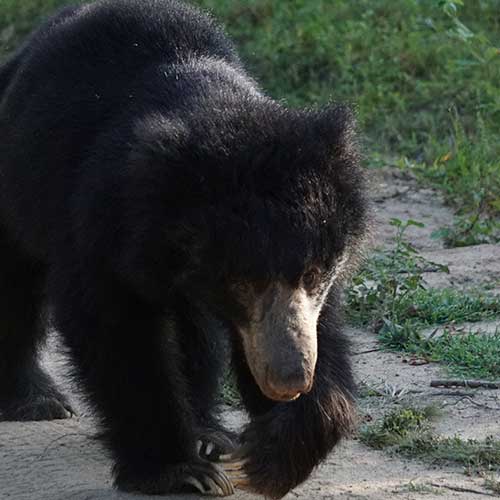
Mammals encountered at the Wasgamuwa National Park
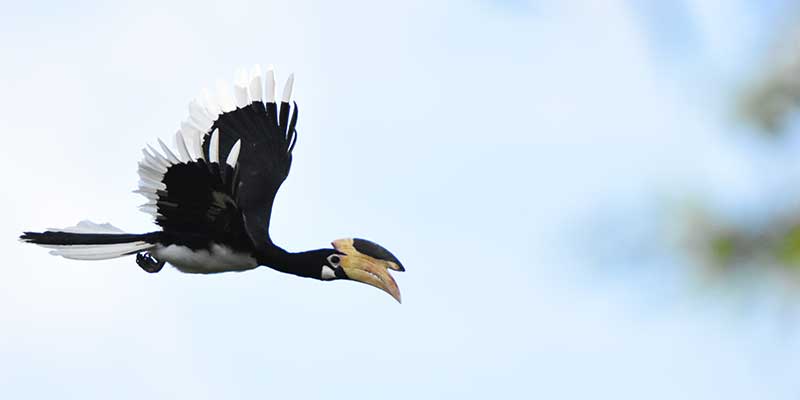
Birdlife at the Wasgamuwa National Park Sri Lanka
Reptiles & Amphibians at Wasgamuwa National Park
Flora at Wasgamuwa National Park
Wasgamuwa National Park History and Geography
Historically, the Wasgamuwa National Park is of importance as the ancient tanks and religious sites lend credence to the story of the famous Yudanganapitiya – the site where Sri Lanka’s famous kings, Dutugemunu and Elara, camped during their mighty battles, in the 2nd Century BC.
Water sources in the Park add a particular natural beauty of their own and the small Sudu Kanda Mountain Range has numerous streams flowing from it to the plains below. Reaching to just under 500 metres above sea level, one of these streams cascading from the Sudu Kanda flows east as far as Trincomalee and out into the Indian Ocean. The Sudu Kanda Mountain Range dips and swells, and eventually, under another name, disappears east.
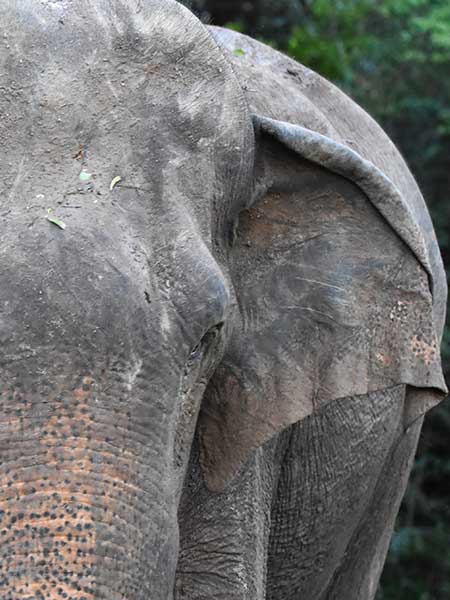
Getting the most out of your Wasgamuwa National Park Safari
Climate and best time to visit Wasgamuwa National Park
The best time to visit Wasgamuwa National Park
The Wasgamuwa National Park can be visited all year round, but the best time to visit is during the period of January to March.




